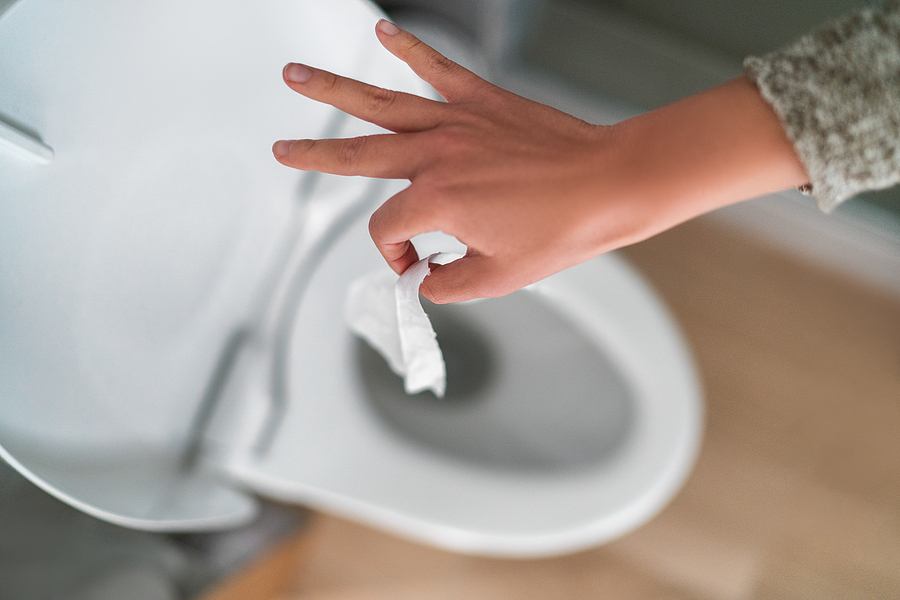Up to 36 Months Financing Available
Free Septic System Inspection Up to 36 Months Financing Available
Up to 36 Months Financing Available
Free Septic System Inspection Up to 36 Months Financing Available
When it comes to septic tank installation, one question often arises: what is the maximum distance required from your toilet to the septic tank. This measurement plays a critical role in the overall functionality of your septic system and your home’s sanitation. If you’re asking yourself this question, this article is for you. In today’s blog post, Septic Blue of Charlotte provides a concise overview of the key distance requirements for a septic system. Septic Blue of Charlotte is a reputable septic company offering professional septic services, including septic tank repair, septic tank cleaning, drainfield repair, and more. When you’re in need of top-notch septic services, reach out to Septic Blue of Charlotte.

Many states have laws governing septic tank installation. These laws often require the distance from a toilet to a septic tank to be between 5 and 10 feet. The drainfield must be positioned a minimum of 50 feet from your house. Septic tank guidelines across the country mandate a minimum distance of six feet between the tank and the drainfield.
A proper distance between the toilet and the septic tank allows for a more natural gravity flow of wastewater from the house to the treatment area. This avoids the need for complex pumping systems or additional inclines in the drainage lines.
Installing the tank at the appropriate distance from your house avoids the need for additional pumping systems or extensive pipework modifications. This translates to lower installation costs as the system relies on gravity flow and doesn’t require complex equipment or additional construction work.
In situations where the drainfield needs to be located lower than the septic tank due to elevation or other constraints, maintaining the proper distance often eliminates the need for a lift station. Lift stations involve pumps and additional components to pump wastewater from a low point to a higher point, adding complexity and potential maintenance costs. By keeping the proper distance, you can avoid these additional expenses and potential maintenance concerns.
Septic system regulations vary by region and local authorities. They often specify minimum distances between the septic tank, drainfield, and various structures like wells and property lines. These regulations ensure proper installation and maintain safe operation of the septic system.
The available space in your home will dictate the possible distance between your toilet and the tank while adhering to local septic guidelines.
The type of soil on your property significantly affects how well it absorbs wastewater from the septic system. Sandy or loamy soils with good drainage allow for a shorter distance between the tank and the drainfield compared to clay soils with poor drainage.
The natural slope of your land plays a role in determining the optimal placement of the septic tank and drainfield. Ideally, the system should operate with gravity flow, so the tank’s location should consider the land’s slope to facilitate proper wastewater movement.
Larger septic tanks may require a slightly greater distance due to the increased volume of wastewater they need to accommodate for proper treatment.
Maintaining a safe distance between the septic system and the water table is crucial to prevent contamination of groundwater sources.
Septic Blue of Charlotte is here to help you with all of your septic system needs. Whether you’re in need of affordable septic tank repair or routine septic tank pumping, our septic technicians have the skills and experience to do an exceptional job.